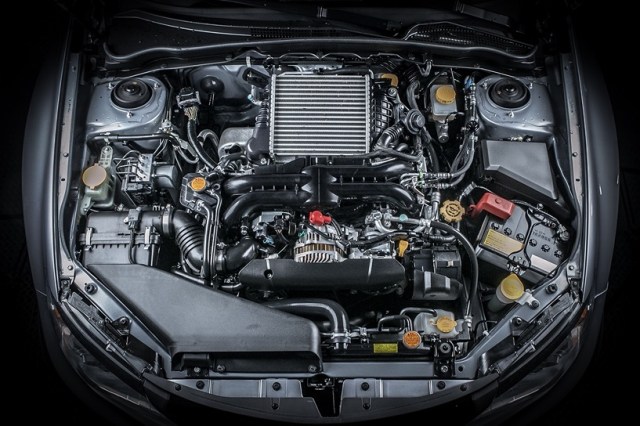Step-by-Step Process for DIY Body Control Module Repair
If you own a vehicle, you may have encountered issues with your body control module (BCM) at some point. The BCM is a crucial component that controls various electrical systems in your car, such as interior lighting, power windows, and door locks. When it malfunctions, it can be frustrating and expensive to have it repaired or replaced by a professional. However, with some basic knowledge and the right tools, you can attempt a do-it-yourself (DIY) body control module repair. In this article, we will guide you through the step-by-step process of repairing your BCM.
Understanding the Body Control Module
Before diving into the repair process, it is essential to have a clear understanding of what the body control module is and how it functions. The BCM acts as the central hub for communication between various electronic systems in your car. It receives signals from different sensors and switches and then relays commands to different components accordingly.

Diagnosing the Problem
The first step in repairing your body control module is diagnosing the problem accurately. Start by checking if all the affected systems are experiencing issues simultaneously. If multiple systems fail at once or intermittently, there’s a high chance that the problem lies with the BCM.
To further confirm this, use an OBD-II scanner to retrieve any error codes related to the body control module. These error codes will provide valuable insights into what could be causing the malfunctioning of your BCM.
Repairing or Replacing Faulty Parts
Once you have confirmed that your body control module is indeed faulty, you can proceed with repairing or replacing specific parts within it. In most cases, common issues with BCMs are caused by loose connections or damaged solder joints.
Start by carefully inspecting all wiring connections leading to and from the body control module. Look for any signs of loose or corroded connections. If you find any, gently tighten or clean them to ensure a proper connection.
If the issue persists, you may need to repair or replace specific components on the BCM circuit board. This step requires some technical knowledge and soldering skills. Identify the damaged components by visually inspecting the circuit board for any signs of burnt or damaged parts. Once identified, desolder the faulty component and replace it with a new one using a soldering iron.
Testing and Reinstallation
After repairing or replacing the necessary parts, it’s time to test your repaired body control module before reinstalling it in your vehicle. Connect the BCM back to its original position and reconnect all wiring harnesses securely.
Turn on your vehicle’s ignition and check if all previously malfunctioning systems are now functioning correctly. Test each system individually, such as interior lights, power windows, door locks, and other electronic components controlled by the BCM.
If everything works as expected, congratulations. You have successfully repaired your body control module. However, if issues persist or new problems arise, it might be time to consult a professional mechanic who specializes in automotive electronics.
Conclusion
Repairing your body control module can save you both time and money compared to getting it fixed at a professional automotive service center. By following this step-by-step guide and exercising caution throughout the process, you can attempt a DIY repair with confidence. Remember to always prioritize safety and consult an expert if necessary.
This text was generated using a large language model, and select text has been reviewed and moderated for purposes such as readability.


